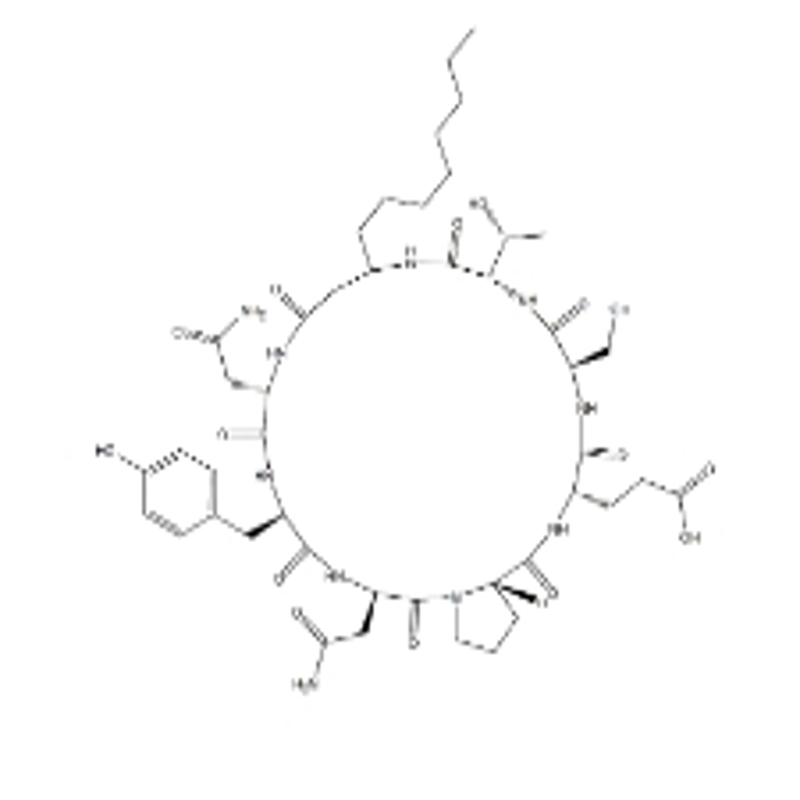-
Categories
-
Pharmaceutical Intermediates
-
Active Pharmaceutical Ingredients
-
Food Additives
- Industrial Coatings
- Agrochemicals
- Dyes and Pigments
- Surfactant
- Flavors and Fragrances
- Chemical Reagents
- Catalyst and Auxiliary
- Natural Products
- Inorganic Chemistry
-
Organic Chemistry
-
Biochemical Engineering
- Analytical Chemistry
-
Cosmetic Ingredient
- Water Treatment Chemical
-
Pharmaceutical Intermediates
Promotion
ECHEMI Mall
Wholesale
Weekly Price
Exhibition
News
-
Trade Service
One hour's drive west of Tokyo is where a river named Sagami River flows through
.
For 30 years, in order to understand how organisms evolved into different sexes, Hisayoshi Nozaki, an associate professor at the University of Tokyo, has always traveled to this river to collect algae samples
.
Recently, Professor Nozaki and his team analyzed algae samples collected from Lake Sagami and Lake Tsukui along the Sagami River in 2007 and 2013, and discovered a kind of magical freshwater algae called Pleodorina starrii.
They have evolved three different sexes, all of which can reproduce in pairs
.
In 2013, research students working with Associate Professor Nozaki collected algae samples from Sagami Lake in the Sagami River Basin
.
| Source: Hisayoshi Nozaki This new discovery was recently published in the "Evolution" magazine
.
In myths around the world, there are hermaphrodite figures.
This is one of the three gender phenotypes (female, male, and hermaphrodite) of ancient humans
.
The coexistence of the three sexes may sound weird, but in fact it is relatively common in flowering plants in nature, but it is relatively rare in animals
.
At present, scientists have only found such a situation in some invertebrates
.
The new research results represent the first appearance of the three sexes in algae (or fungi)
.
From a biological point of view, the three gender phenomena are slightly different from known hermaphrodites
.
Under normal circumstances, individuals of species with two sexes will produce male and female germ cells at the same time because of abnormal gene expression; while those of plants and invertebrates with three sexes are because of normal gene expression
.
As early as more than ten years ago, biologists knew about the existence of Pleodorina starrii, but they have not been studied in detail
.
Pleodorina starrii are 32- or 64-cell organisms.
They have small movable male reproductive cells and larger non-moving female reproductive cells
.
In the course of evolution, the germ cells of ancient organisms are similar in appearance.
They are called positive and negative cells, rather than males or females
.
Recently evolved species usually have huge differences between reproductive cells.
For example, humans produce large eggs and small sperm
.
In 2006, Nozaki discovered a new male-specific gene "PlestMID" from the green algae Pleodorina starrii from the Sagami River water system.
He named it OTOKOGI, which means "male" in Japanese
.
Since then, scientists have become interested in this green algae and believe that Pleodorina starrii can be a useful model for studying gender evolution
.
In 2010, Nozaki and his team discovered a group of female-only genes in Pleodorina starrii.
They named it "Crimson Peony" (HIBOTAN).
The name is related to a Japanese movie in the 1960s.
The heroine in the movie has a red flower tattooed on her body
.
These earlier discoveries led Nozaki to speculate that Pleodorina starrii has a male and female heterosexual mating system
.
However, in the new study, he and his team conducted a long-term field investigation of the Sagami River water system and found that two bisexual Pleodorina strains produced zygotes in the clonal culture
.
After genetic analysis and more mating experiments, the researchers finally concluded that Pleodorina starrii has a "sex factor" gene, which may be located on a chromosome separate from the OTOKOGI and HIBOTAN sex genes
.
In other words, Pleodorina starrii has males, females, and a third sex-both sexes, and this third sex can produce male and female germ cells in a single genotype under the condition of normal gene expression
.
In the laboratory, the researchers observed that the green Pleodorina starrii grows with other individuals of the same sex as them in the spherical cell colony
.
The male cell population can be identified by the clear strands of sperm that they release into the water
.
These sperm will swim around until they hit a female population, then divide into individual sperm cells, enter individual female cells, and combine together to produce the next generation
.
Pleodorina starrii moving downstream of the microscope
.
| Source of image: Hisayoshi Nozaki In these different cells are isolated, different colonies will reproduce asexually to form clonal cell populations with the same genotype
.
In the experiment, the researchers separated different cell communities, and then deprived them of nutrients, forcing them to reproduce sexually
.
A segregated gender group can be mixed with another segregated gender group, and researchers can derive useful clues related to gender determination from the sex ratio of their offspring
.
The researchers concluded that the cells of genetically bisexual Pleodorina starrii have both OTOKOGI and amphoteric factor genes, but when they reproduce sexually with other Pleodorina starrii, they can produce normal male or female Pleodorina starrii cell populations.
.
The male Pleodorina starrii only has the OTOKOGI male gene; while the female Pleodorina starrii can have only the female HIBOTAN gene, or both HIBOTAN and the hermaphrodite gene
.
They suspect that the hermaphrodite may only be active when the "male" OTOKOGI is present, but if you want to learn more about these genes, more experiments will be needed
.
Nozaki believes that they were able to make this discovery because of their very long-term field collection, planting and research on algae
.
He said: "Continuous and long-term research is very important to reveal the true nature of species in nature
.
" #CREATIVE TEAM::#Reference source: https:// en/press/z0508_00186.
htmlhttps://onlinelibrary.
wiley.
com/doi/epdf/10.
1111/evo.
14306#Image source: Cover source: Kohei Takahashi







